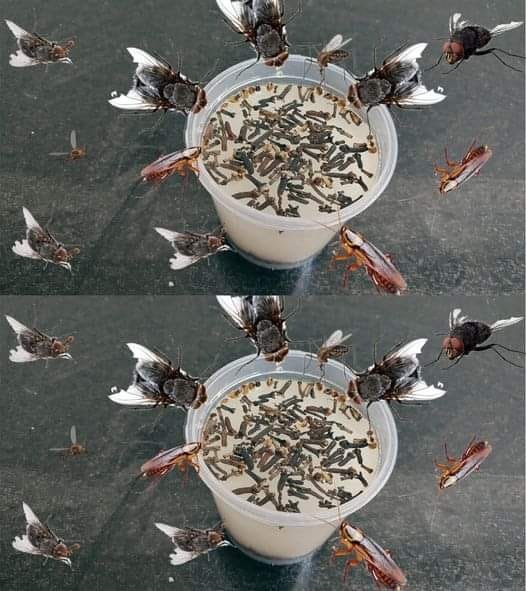3. Microwave Ovens
Why Not?
Microwaves are high-power appliances that draw more electricity than a power strip can safely handle. Plugging a microwave into a power strip can cause overheating and tripped circuits.
Safe Method
Always plug a microwave directly into a wall outlet. Avoid using extension cords as well, unless they are rated for high-power devices.
4. Coffee Makers
Why Not?
Like microwaves, coffee makers are high-wattage appliances that can overload a power strip. The heat they generate increases the risk of fire.
Safe Method
Plug coffee makers into a wall outlet and keep the area around the appliance free of flammable materials.
5. Hair Dryers and Hair Straighteners
Why Not?
These devices draw a lot of power and generate heat, which can quickly overheat a power strip. A sudden overload can also damage other devices plugged into the strip.
Safe Method
Plug hair dryers and straighteners directly into a wall outlet. Avoid using them in damp areas without a Ground Fault Circuit Interrupter (GFCI) outlet for added safety.
6. Air Conditioners
Why Not?
Air conditioners, especially window units, are energy-intensive devices. Power strips aren’t built to handle the sustained high load, increasing the risk of overheating and fire.
Safe Method
Connect air conditioners to a dedicated wall outlet with a proper circuit breaker.
7. Toasters and Toaster Ovens
Why Not?
Toasters and toaster ovens require high wattage and produce heat, which can cause power strips to overheat or malfunction.
Safe Method
Use a wall outlet and ensure proper ventilation around the appliance to avoid heat buildup.
8. Medical Equipment
Why Not?
Devices like CPAP machines, oxygen concentrators, or other medical equipment are critical for health and require a reliable power source. Power strips are more prone to failure, which could interrupt the operation of life-saving equipment.
Safe Method
Plug medical equipment directly into a dedicated wall outlet or a surge protector specifically rated for medical devices.
9. High-End Gaming Consoles and Desktop Computers
Why Not?
Gaming consoles and desktop computers have sensitive internal components that can be damaged by electrical surges. Power strips without surge protection don’t offer the necessary safety features to protect these expensive devices.
Safe Method
Use a surge protector with a high joule rating designed for electronics, or better yet, connect these devices to an uninterruptible power supply (UPS) for additional protection.
General Tips for Using Power Strips Safely
- Check the Rating: Ensure your power strip has a rating that matches or exceeds the devices you plug into it.
- Avoid Daisy-Chaining: Never connect multiple power strips together, as this increases the risk of overloading circuits.
- Inspect Regularly: Check power strips for frayed cords, burn marks, or loose connections. Replace damaged strips immediately.
- Use Surge Protectors: For valuable or sensitive electronics, use a power strip with built-in surge protection.
- Don’t Overload: Limit the number of devices you plug into a single power strip to avoid exceeding its capacity.
Conclusion
Power strips are handy tools for managing multiple devices, but they have their limitations. Understanding what you should never plug into a power strip can prevent electrical accidents and protect your appliances. For high-power or critical devices, always use a wall outlet or a device-specific surge protector to ensure safety. By following these guidelines, you’ll save yourself from costly repairs and potential hazards in your home.






